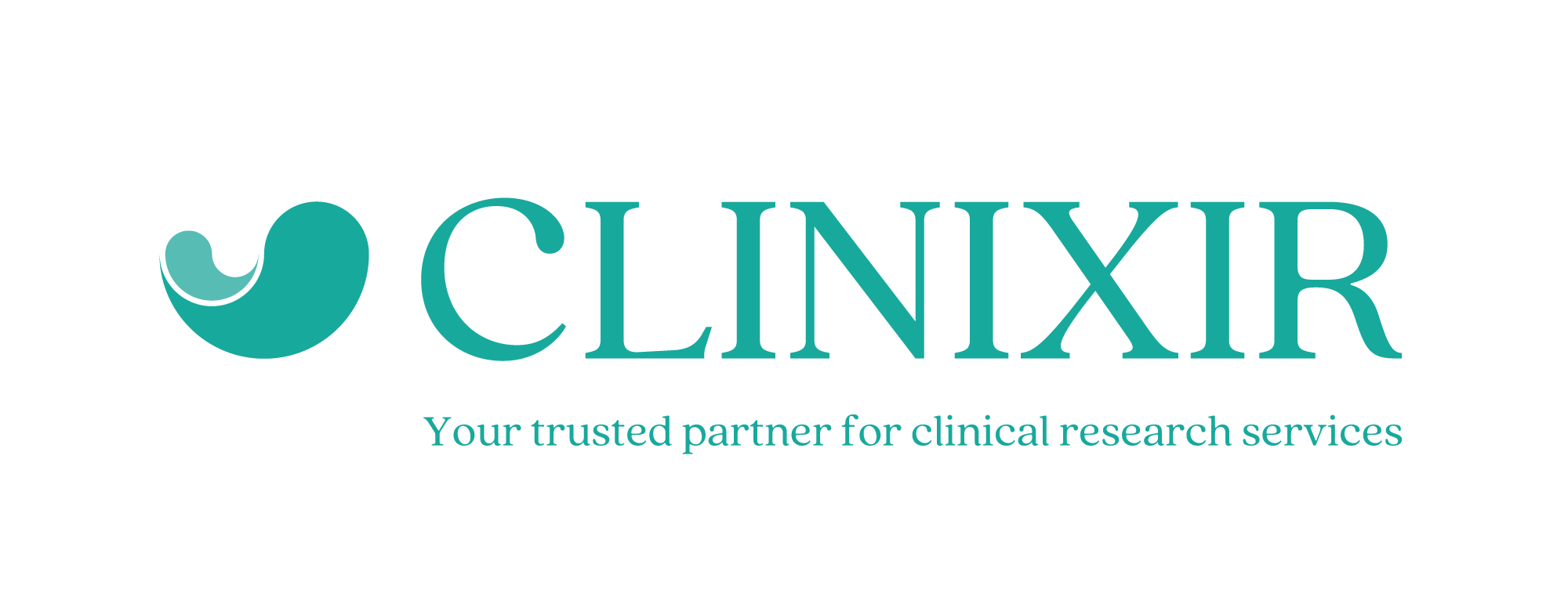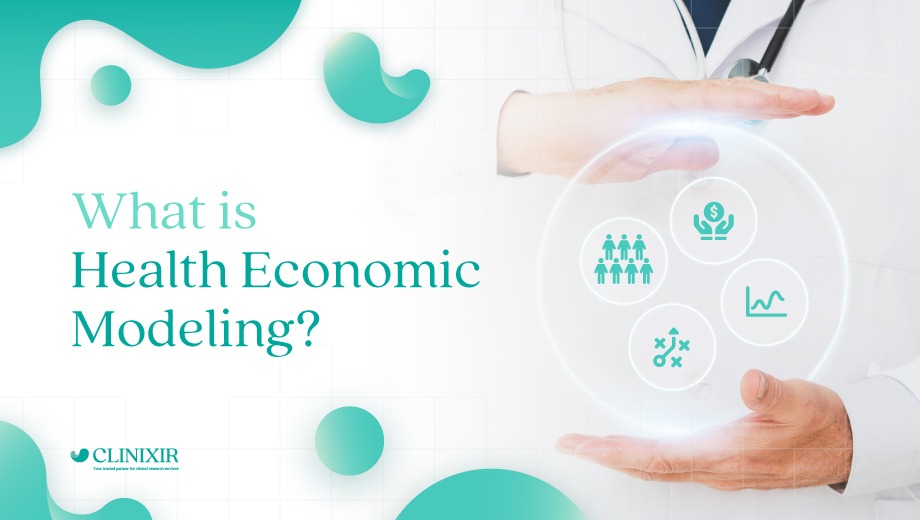In the field of clinical research, health economic modeling plays an essential role in guiding the decision-making of authorities, manufacturers, providers, experts, and payers. Modeling answers these decision-makers’ questions regarding the practicality, commercial potential, clinical effectiveness, benefits, and affordability of a given intervention, as well as the overall impact it has on resources and to society.
In principle, the evaluative methods of this modeling should help patients receive affordable access to the best medical interventions. They also let manufacturers consistently produce and distribute interventions that meet the requirements of providers, payers, and regulators. In addition, successful economic modeling is vital for articulating the value of new interventions as a means of seeking market access. The ultimate result is a market-friendly equilibrium which meets the needs of all stakeholders.
The stages of health economic modeling
The first stage of health economic modeling is conceptualization, a process which involves the evaluation of comparators and differentiators that relate to the topic under study.
The second stage involves data collection and analysis for model inputting. The data typically comprises the target population, acquisition costs, medical costs, overall benefits to quality of life, and treatment efficacy.
The third stage is model development. In most cases, advanced software is required to develop and simulate a model using the key analytical factors acquired from the second stage, such as one-way sensitivity analysis and probabilistic sensitivity analysis.
The fourth stage is review and validation. Here the model undergoes internal and eternal review by an expert panel and advisory board. The models are scrutinized, put through extreme scenarios, and then calibrated in accordance with real-world data. The end result is a refined model which meets all practical requirements.
The fifth stage is publication, where abstracts and research papers are typically distributed and presented at a conference. This is followed by the development of an academic manuscript to be published for peer review by institutions or journals.
The sixth stage, adaptation, focuses on the emergence of new input data, comparators, and expert assumptions which are used to perform regular model updates. This stage ensures that the model is consistent with ongoing developments in the realm of health economic modeling research.
Varieties of health economic modeling
The three main types of health economic evaluation are cost-effectiveness analysis, cost-utility analysis, and cost-benefit analysis. These three principles are used to facilitate informed decision-making with regard to targeting, pricing, value, and resource distribution and allocation within the global health sphere. Each of them represents a comparative economic analysis, used to evaluate a number of policy or intervention alternatives against one another using relative cost and outcome factors. The difference is in how these outcomes are measured.
Cost-effectiveness analysis determines whether a new intervention or policy provides relative value to an existing one, with value defined in terms of relative costs and outcomes. The outcomes are measured in natural units such as life-years gained and disease cases averted. To make the most of this method of evaluation, a budget impact analysis is also performed on top of cost-effectiveness analysis to evaluate whether a given intervention is affordable, by calculating the cost to provide treatments or drugs to a group of patients within the health system.
Cost-utility analysis is a specific form of comparative economic analysis which evaluates policies or interventions in terms of relative costs and outcomes, wherein the outcomes are expressed as generic measures of health status or quality of life improvements (QALYs), with consideration of the effect on mortality and morbidity.
Cost-benefit analysis expressed outcomes in monetary terms. The principles of cost-benefit evaluation are based on a given policy or intervention’s costs and net benefit outcomes over a length of time, which is converted into an aggregate monetary value. This method of evaluation is often used by regulators to determine whether to implement a specific intervention or policy over existing ones by comparing net benefit values. For example, if the monetary value of benefits over a length of time is larger in value than the initial costs, then an intervention is considered beneficial. The net benefit or aggregate value of a new intervention is then compared with other alternatives to see which has a greater value.
How do these insights help achieve market access?
Health economic modeling typically takes place at the end of drug or treatment development. The process lets pharmaceutical companies or manufacturers identify the key benefits, target population, and value of their drugs and devices. Upon completion, the data is used to inform research and market access by directing the intervention towards a targeted group of patients. However, it is not an easy process. Stakeholders will only be willing to invest in an intervention that meets their requirements and exceeds the value of other alternatives.
The evaluation data outlined above is crucial to achieving commercial success and optimization, as it clearly depicts the complex decision-making of all stakeholders, which include patients, payers, experts, providers, and regulators. The data summarizes who will receive the treatment, whether they will be reimbursed, and what the price range of the intervention should be, all in one single equilibrium.
Economic modeling also has important policy implications. Well-informed health authorities and regulators, which are involved in enforcing ethical guidelines on the pricing and benefits of drugs and devices, may have a productive role to play in the tug-of-war between manufacturers, providers, experts, patients, and payers. For these reasons, health economic modeling must be done by those with multivariate experience across a wide range of disciplines, so as to facilitate fair commercial and regulatory decision-making.
Future implications
Economic modeling will significantly influence the future of healthcare, in parallel with a variety of economic, clinical, and digital developments. To market their interventions, manufacturers will need to excel in their ability to model convincing outcomes with the use of complex data, as the decisions they and other stakeholders make are key in determining their commercial success.
In the years ahead, competition between pharmaceutical and medical companies will require maximizing commercial advantages in the face of ever-changing regulatory, payer, provider, and patient requirements. To navigate this space skillfully, they will need to enlist the services of a top contract research organization with expertise in clinical research, behavioral economics, finance, biostatistics, and regulatory affairs
At Clinixir, we offer industry-leading services to help your organization develop better and more optimized health economic models. Our affiliation with Thailand’s top medical institutions, access to the country’s largest set of medical records, extensive regulatory knowledge, advanced research methods, and state-of-the-art technologies enable your organization to put reliable drugs and treatment methods on the market, maximizing your commercial output and providing a better quality of life for the general public.
To find out how we can help you, contact us today.



